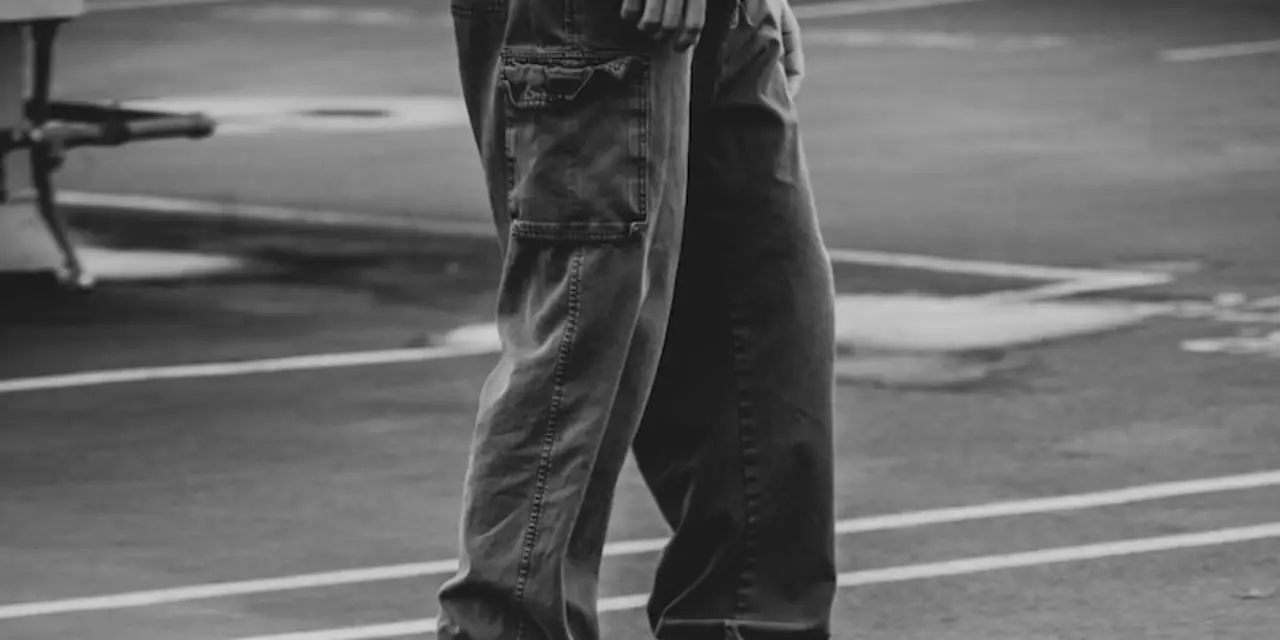Skate: Your Go‑to Hub for Skateboarding Tips, Gear & News
Welcome to the skate tag page – the place where skateboarders of all levels find real‑world advice, product reviews, and the latest buzz. Whether you’re hunting a new deck, polishing your ollie, or just want to know what’s happening in the skate world, we’ve got you covered.
Gear Guides & Reviews
Choosing the right board can feel overwhelming with so many options online. A solid starter deck sits around $30‑$60, but if you’re after premium wood, graphics, and pop, expect $80‑$120. Look for 7‑ply maple, a 7.5‑8.0″ width for street tricks, and a concave that feels comfortable under your feet. cheaper decks may warp after a few months, so invest a bit more for durability.
Skate shoes matter just as much as the board. The best pairs combine grip, protection, and light weight. Look for a suede or nubuck upper for board feel, reinforced toe caps for flip tricks, and a cushioned insole to absorb impact. Brands like Vans, Nike SB, and DC offer models specifically built for skate performance.
When you shop on sites like Amazon, read the verified buyer comments. Many users note that the quality matches the price, especially for entry‑level boards. However, avoid listings with vague photos or missing specifications – a clear product description helps you know exactly what you’re buying.
Skate Skills & Community
Learning new tricks is all about repetition and building muscle memory. Start each session with a warm‑up: a few basic push‑offs, carving, and a quick balance drill. Then focus on one trick at a time – for example, a kickflip. Break it down into the pop, flick, and catch phases, practicing each separately before linking them together.
Don’t forget safety gear. A good pair of helmets, knee pads, and wrist guards can keep you skating longer without painful breaks. Even seasoned skaters wear protective gear when trying big gaps or new tricks – it’s a smart habit, not a sign of weakness.
Community is a huge part of skate culture. Local skateparks often host evening sessions where riders exchange tips and ride together. Joining our forum or attending meet‑ups lets you connect with fellow skaters, ask quick questions, and stay motivated. Seeing someone land a trick you’re working on can be the boost you need.
If you’re curious about why certain countries dominate the Olympic skate scene, Japan’s success stems from early skatepark development and a supportive community that values respect and risk‑taking. Their approach shows how investment in quality spaces and coaching can raise a nation’s level – a good lesson for any skate community.
Finally, keep an eye on skate news. From new board releases to competition results, staying informed helps you make better buying decisions and gives you conversation fodder at the park. Subscribe to our newsletter, follow social feeds, and check back often for fresh articles.
Ready to level up your skate game? Grab a deck, lace up some shoes, and hit the pavement. Use the gear guides to pick the right board, practice the basics consistently, and join the community for support. The skate tag page will be your go‑to resource as you ride forward.
How much do skate shops pay for decks from distributors?
- Caden Lockhart
- |
- |
- 0
Skate shops typically purchase decks from distributors at a discounted rate, usually 25-30% below the retail price. The amount paid is based on the quality of the deck, the distributor's rates, and any discounts or incentives offered. The average price for a deck from a distributor is between $30 and $50, although prices can be higher or lower depending on the factors mentioned above. Additionally, skate shops may be able to negotiate better prices or other incentives from distributors if they make larger orders.
View more